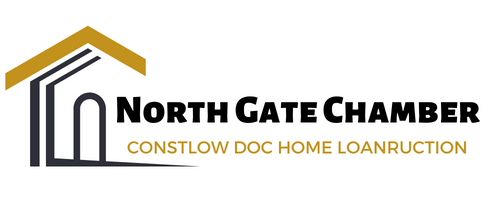
Low Documentation Introduction
As a self-employed individual or small business owner, securing a home loan can be challenging due to the extensive proof of regular income required by traditional lenders. However, there are alternative options available, such as low documentation loans, which offer more flexibility in income verification. In this article, we will explore the differences between full doc, alt doc, and low doc loans, and help you determine which option best suits your needs.
Full Documentation (Full Doc) Loans
A full documentation loan is designed for borrowers who have access to all the income verification documents required by the lender. The exact requirements may vary between lenders, but generally, self-employed borrowers seeking a full documentation loan need to provide two years’ tax returns and Notice of Assessment.
Full doc loans are the most conventional type of loans, offering competitive interest rates and terms due to the thorough income verification process. This makes them a viable option for those who have meticulously kept their financial records and can easily demonstrate their income over a period.
Alternative Documentation (Alt Doc) Loans
Self-employed borrowers who can verify their income but may not have the exact documents preferred by mainstream lenders often seek alternative documentation or alt documentation loans. The term “alt doc” is often used interchangeably with “low doc,” which can be confusing. At lowdocloansco.com.au, alt doc loans are offered to provide more flexibility to self-employed borrowers.
To qualify for their alt doc loans, borrowers need to provide one of the following: their last six months’ business bank statements, their last six months’ of BAS returns, or an Accountant’s Letter. This flexibility allows borrowers to prove their income in ways that align more closely with their business operations, without the need for the exhaustive documentation required for full doc loans.
Low Documentation (Low Doc) Loans
Some lenders offer low doc loans that require very low or even no documentation. To qualify for a low doc loan, borrowers may only need to sign a declaration stating they can afford the repayments. However, these loans are often unregulated and come with higher interest rates and fees due to the perceived risk.
low documentation loans are particularly useful for self-employed individuals who do not have traditional income proof but are confident in their ability to meet repayment obligations. Despite their higher costs, low doc loans provide a pathway to homeownership for those who might otherwise be excluded from the traditional lending system.
Advantages of Alt Doc Loans
Alt doc loans offer several advantages for self-employed borrowers who may not have the traditional income verification documents required for a full doc loan. These loans provide more flexibility in income verification, allowing borrowers to use alternative documents such as business bank statements, BAS returns, or an Accountant’s Letter.
This can be particularly beneficial for those whose income is irregular or varies significantly from month to month. Additionally, alt documents loans often come with more lenient qualification criteria, making them accessible to a broader range of borrowers.
Choosing the Right Loan
When deciding between full doc, alt doc, and low doc loans, it’s essential to consider your financial situation and the documentation you can provide. Full doc loans are ideal for those with consistent, verifiable income and comprehensive financial records. Alt doc loans offer a middle ground, providing flexibility for those who can demonstrate their income through non-traditional means.
No doc loans, while more expensive, can be the best option for those who lack conventional documentation but are confident in their repayment capabilities. Each loan type has its pros and cons, and understanding these can help you make an informed decision that aligns with your financial goals.
Conclusion
When it comes to securing a home loan as a self-employed individual or small business owner, it’s essential to understand the differences between full doc, alt doc, and low documentation loans. While traditional lenders may require extensive income verification, alternative lenders like lowdocloansco.com.au offer more flexible options through alt doc loans.
By exploring these alternatives, self-employed borrowers can find a loan that best suits their unique financial situation and helps them achieve their property goals. Low doc loans, in particular, provide a valuable opportunity for those who face challenges in proving their income through conventional means, ensuring that the dream of homeownership remains within reach for a diverse range of borrowers.





